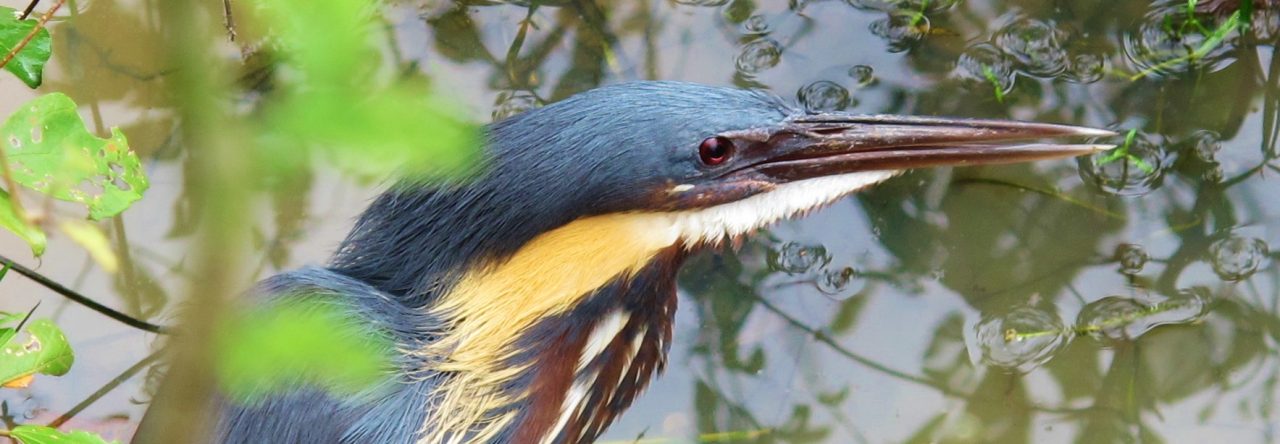Highlights (74 species seen in total):
- Black-necked Grebe 3 (2 Budai, 1 Aogu)
- Purple Heron 1 (Aogu)
- Gadwall 9 (Aogu)
- Common Pochard 21 (Budai)
- Garganey 3
- Osprey 2
- Black-shouldered Kite 2
- Peregrine 1
- Long-toed Stint c.50
- Wood Sandpiper 4
- Green Sandpiper 1
- Avocet 10
- Bar-tailed Godwit 2
- Eurasian Curlew c.50
- Yellow Bittern 1
- Black-faced Spoonbill 100s
- Brown Shrike 3
- Long-tailed Shrike 4
- Daurian Redstart 2
- Black-faced Bunting 6
Black-necked Grebe is a rare winter visitor to Taiwan (Mark Brazil has it down as a one-star vagrant), so it was exceptional that I found them at two different sites today – perhaps evidence of a nationwide influx of this species.
First up was a pair at the far south end of Budai’s main lake, close to the electricity substation. They were fairly distant and dived constantly, but showed well enough to confirm the ID. Then, at Aogu a few hours later, I was astonished to find another in front of hide 6. This one showed at quite close range in excellent light, and I got some nice views – it’s been a while since I’ve seen a Black-necked Grebe, and I had forgotten how striking the glowing red eye can be.
Another good bird today was Gadwall – nine of them – loitering in front of hide 6 at Aogu. This is a very scarce wintering duck in Taiwan, but one which I was expecting to run into at some point among the huge numbers of common ducks I’ve been seeing these last few weeks.
Further quality Taiwan records today were an adult Purple Heron at Aogu, and still 21 Common Pochard at Budai.
Also noteworthy: a Peregrine, an Osprey and a Richard’s Pipit at Qigu, and a male Daurian Redstart and a good count of 6 Oriental Magpie-Robins in the coastal forest there. At Budai, I spent an hour getting lost on the farm tracks east of the main lakes, where there were at least 50 Long-toed Stints, 3 Wood Sandpipers, 9 Avocets and a Black-shouldered Kite among high numbers of commoner species – bird activity was very high in the general area today. At Aogu, the best of the rest were a Yellow Bittern, a Green Sandpiper, and at least six Black-faced Buntings along the roadside.
Taiwan ticks: Black-necked Grebe, Gadwall (total 266).

